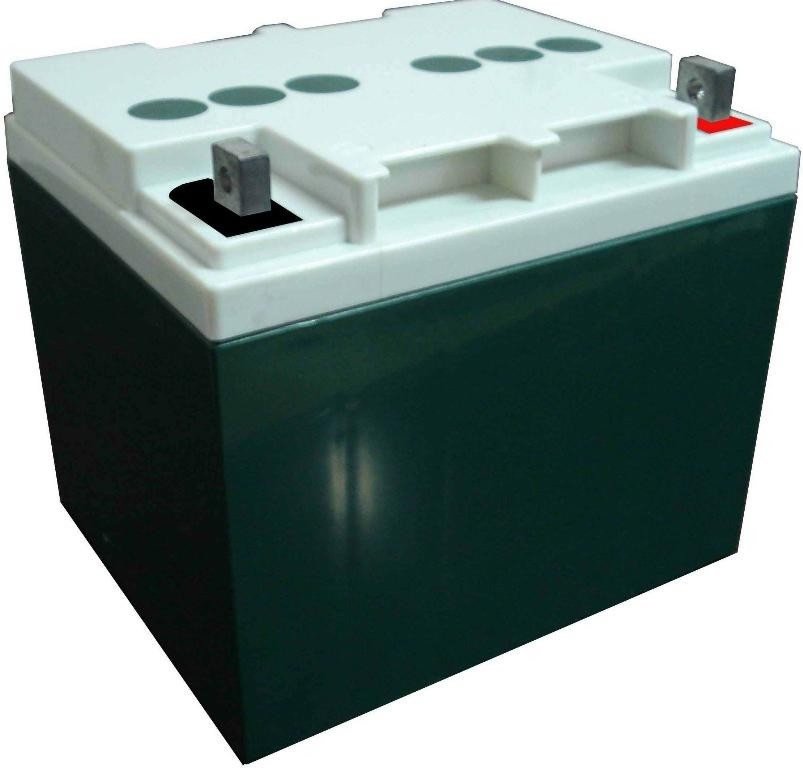A battery converts chemical energy into electrical energy by creating a potential difference between two electrodes (anode and cathode) through a chemical reaction.
When a battery is discharged, electrons flow from the anode to the cathode while ions in the electrolyte move to maintain charge balance; when it is charged, the process is reversed.

Some battery testings can help assess the health of a battery through various parameters, including voltage, current, capacitance, internal resistance, impedance, and more. Below are some key indicators and their significance in evaluating battery health:
Discharge Capacity: This measures the amount of electricity a battery discharges under specific conditions, typically expressed in Ampere-hours (Ah). Discharge capacity directly reflects the battery’s ability to store energy. If the capacity falls below a certain percentage of the rated capacity (e.g., 80%), it may indicate declining performance.
Voltage Change: The change in voltage during discharge can indicate the battery’s health. A drop in the voltage plateau or an irregular voltage curve may suggest alterations in the internal chemistry or the presence of internal faults.
Internal Resistance: This is closely linked to battery health, as internal resistance tends to increase with age. It can be measured by recording the voltage and current while charging, disconnecting the charger, and then measuring the voltage again to calculate resistance from these data.
Discharge Efficiency: This refers to how efficiently a battery converts electrical energy during discharge. A significant drop in discharge efficiency may indicate that the battery is no longer functioning optimally.

State of Charge (SOC): SOC indicates the percentage of the battery’s remaining charge. Accurate measurement of SOC is crucial for assessing battery health.
Depth of Discharge (DOD): This measures the extent to which a battery has been discharged. DOD is closely related to battery lifespan; deeper discharges generally result in shorter battery life.
Temperature Effects: Changes in temperature during the discharge process can affect battery performance and longevity. Overheating or excessive cooling can lead to performance degradation.
Cycle Life: A battery’s performance gradually deteriorates after numerous charge/discharge cycles. Monitoring the number of cycles and changes in capacity can help assess battery health.
Self-Discharge Rate: This is the rate at which a battery loses power without a load. A high self-discharge rate may indicate internal leakage or other issues.
Safety Performance: Batteries should not overheat, swell, leak, or exhibit other safety concerns during discharge. The presence of these issues may signal that the battery is no longer safe.
What is battery discharge tester ?
A battery discharge tester is a specialized equipment used to test and evaluate battery performance. It simulates the load conditions that a battery experiences during actual use, allowing for the assessment of its capacity and overall health.
The working principle of a battery discharge tester is primarily based on constant current discharge. During testing, a specific discharge current is set, and the discharge circuit is controlled using switching devices to maintain this constant current. At the same time, the voltage of each battery is monitored in real-time. The collected data is then transmitted to a central processor for analysis and processing.

Applications of battery discharge tester
The battery discharge meter has a wide range of applications, including power plants, substations, power maintenance, new energy vehicles, energy storage systems, and more. It plays a crucial role in ensuring the normal operation of batteries and extending their service life.
For instance, in electric power systems, batteries are essential components of the DC power supply system. Their stability and the actual capacity provided to the load during discharge are vital for the safe operation of power equipment. Similarly, in the communications sector, batteries serve as critical power sources for communication equipment, making their performance and stability essential for reliable operations.
The battery discharge meter is significant across various industries, with key applications including:
Power Systems in Power Stations and Substations
The DC systems in substations typically operate at voltage levels of 110V or 220V. For example, a 110V DC system usually consists of 52 2V batteries connected in series, while a 220V DC system comprises 104 2V batteries. Discharge testing of these batteries reveals their health status and helps prevent power outages.

Communications Field
In this sector, batteries are vital for ensuring a reliable power supply. Their performance and stability are crucial for the normal operation of communication equipment. By testing and evaluating batteries, discharge meters can identify and address potential issues, ensuring the reliable functioning of power and communication systems.
New Energy Vehicles
With the rapid growth of the new energy industry, battery technology—one of its core driving forces—is undergoing significant advancements. Battery discharge testers are used to assess the safety, durability, and performance of battery packs through charging and discharging tests, providing essential data for the R&D and manufacturing of new energy vehicles.
Energy Storage Systems
The stable operation of energy storage batteries is critical for maintaining the balance and reliability of power systems. Battery discharge meters are vital tools for ensuring the performance and safety of these batteries.
Battery Manufacturing and Testing
Battery discharge meters are employed to verify the functionality and performance of batteries before they are shipped. They test various indicators, including capacity, efficiency, charge/discharge rates, high-temperature performance, low-temperature performance, storage performance, and internal resistance, ensuring the quality of battery products.
Battery R&D and Validation Labs
In research and development labs, battery discharge meters are used to test various battery packs of different sizes and voltage levels. They conduct life cycle testing, peak performance assessments, operational efficiency evaluations, safety system validations, thermal cycling tests, and product durability assessments, helping optimize battery management systems (BMS) for final applications.
What is the purpose of discharging a battery?
The purpose of battery discharge is to evaluate and maintain battery performance, ensure safety, and extend service life.encompassing several key aspects:
- Evaluating Battery Performance and Longevity: Discharge testing allows for the assessment of a battery’s performance and lifespan in real-world use. This testing helps determine whether the battery will experience performance degradation over time.
- Checking the Performance of Individual Cells: Batteries are typically composed of multiple individual cells. Discharge tests can identify poorly performing cells, preventing them from negatively impacting the overall performance of the battery pack.
- Activating the Plates: Batteries that have been unused for extended periods may cause the plates to become less active. Discharging the battery can reactivate these plates, restoring their normal chemical reactivity.
- Understanding Charge/Discharge Characteristics: Charge and discharge testing provides valuable insights into how voltage, current, capacity, and other parameters change under different conditions, offering essential data for the battery’s normal operation.
- Extending Battery Life: Implementing appropriate charging and discharging methods can not only prolong the lifecycle of lithium-ion batteries but also enhance their overall utilization.
- Ensuring Safety: During the discharge process, the current from the CNC constant current source must be adjusted to achieve constant power discharge. This helps prevent issues such as overheating or overcharging, thus ensuring battery safety.

How is battery discharge measured?
There are several types of equipment available for discharging batteries, each with its own advantages and disadvantages. The most common types include constant current (CC) testers, constant power (CP) testers, and variable power (VP) testers.
Constant current and constant power testers are the simplest and most widely used for measuring battery discharge capacity.
the typical features of battery discharge capacity tester include the ability to discharge at a constant current, rapid capacity analysis, and high safety standards. Some advanced battery discharge testers also offer data acquisition, processing, and analysis capabilities, allowing test data to be uploaded to a computer for detailed analysis and report generation.
In terms of operation, users must first set the discharge parameters, including discharge current, discharge time, total capacity, and termination voltage for the entire battery pack. During the discharge process, the instrument displays real-time data such as the total voltage of the battery pack, the voltage of individual cells, and the actual discharge current. It will automatically stop discharging and record the relevant data when the specified conditions are met.

When selecting a battery discharge instrument, consider its measurement accuracy, safety features, ease of operation, and support for data communication with a computer. For example, some battery discharge meters come with power failure memory protection, which saves test data in the event of an unexpected power outage and allows the test to resume once power is restored, thus enhancing efficiency and reliability. Additionally, some equipment features a modular design, allowing for flexible configuration of the testing system based on specific requirements, providing greater flexibility and scalability.





